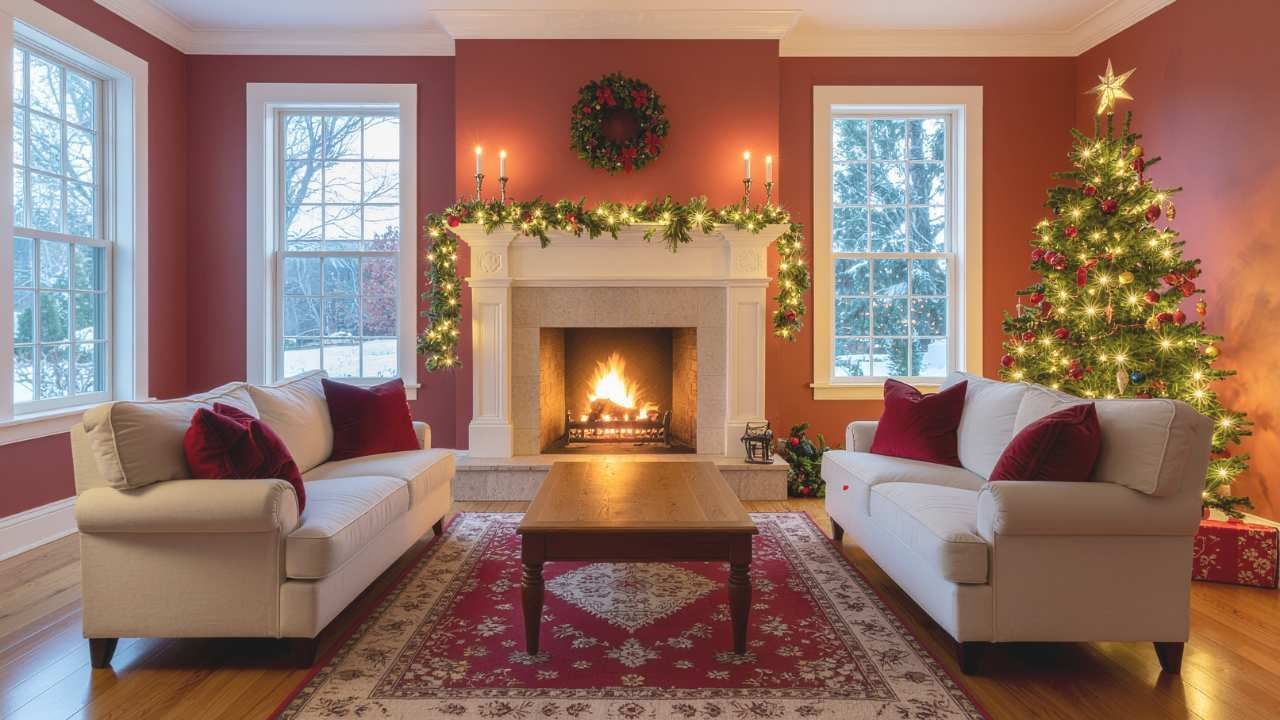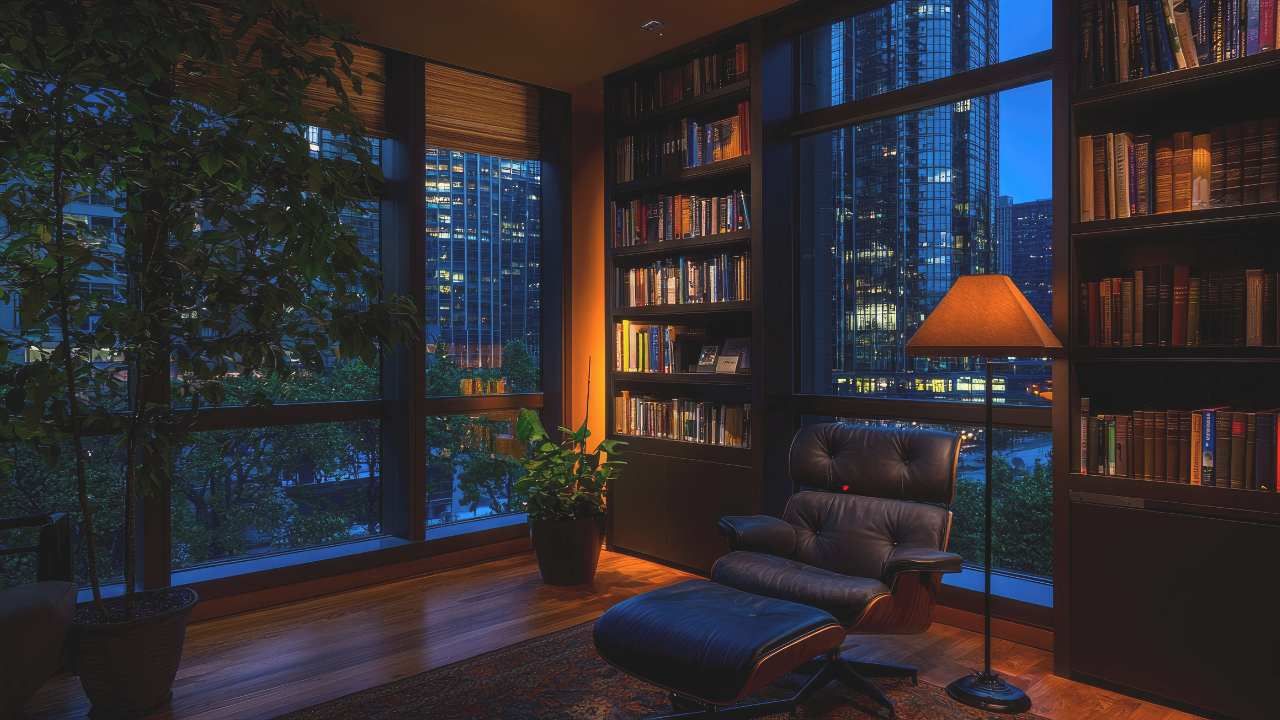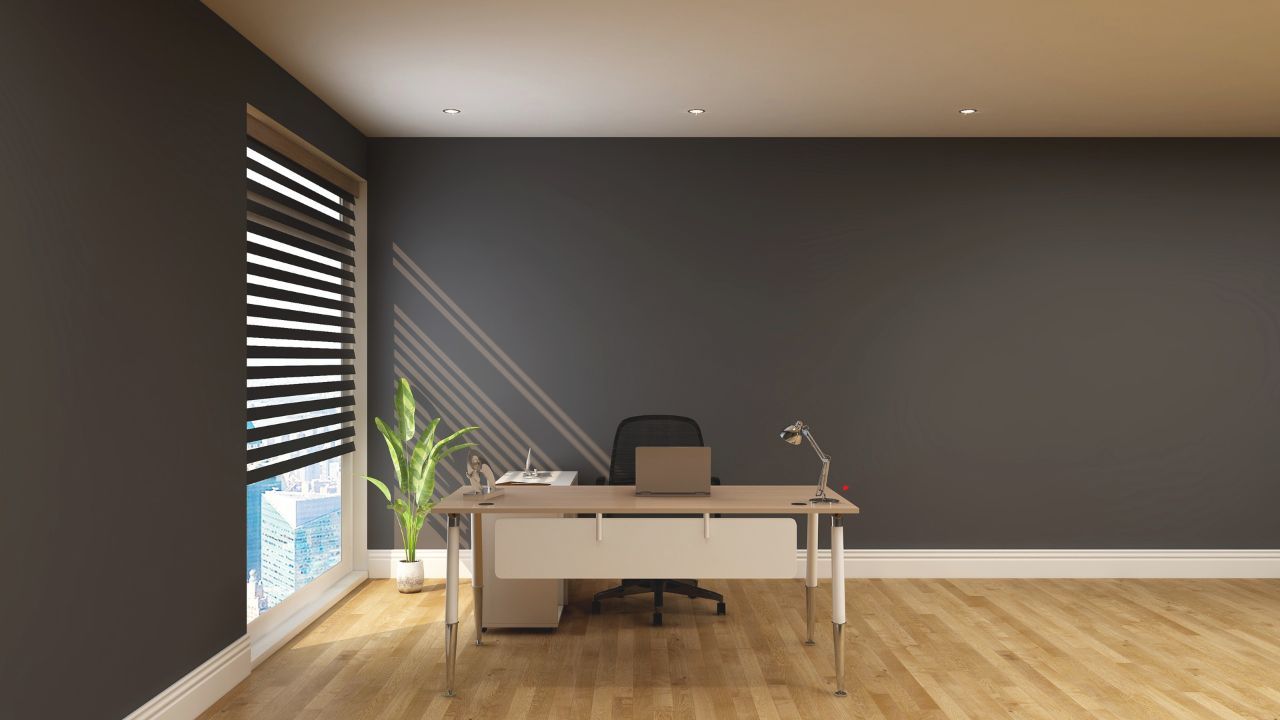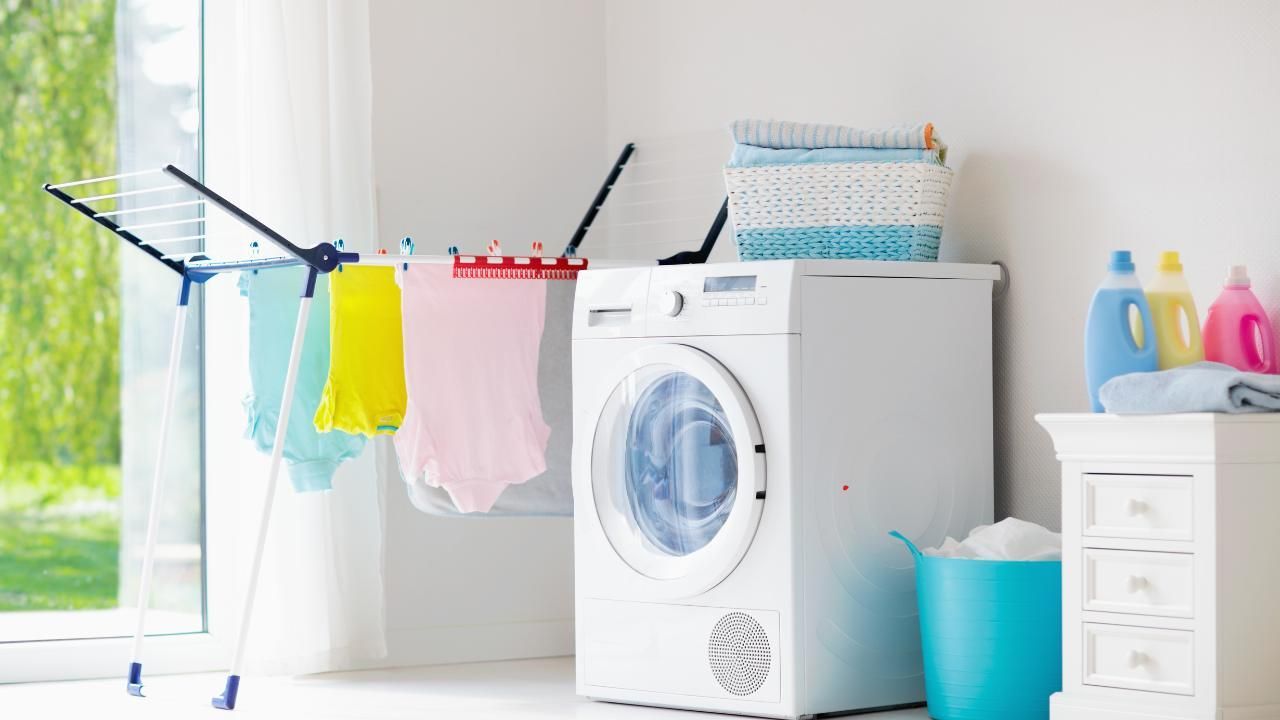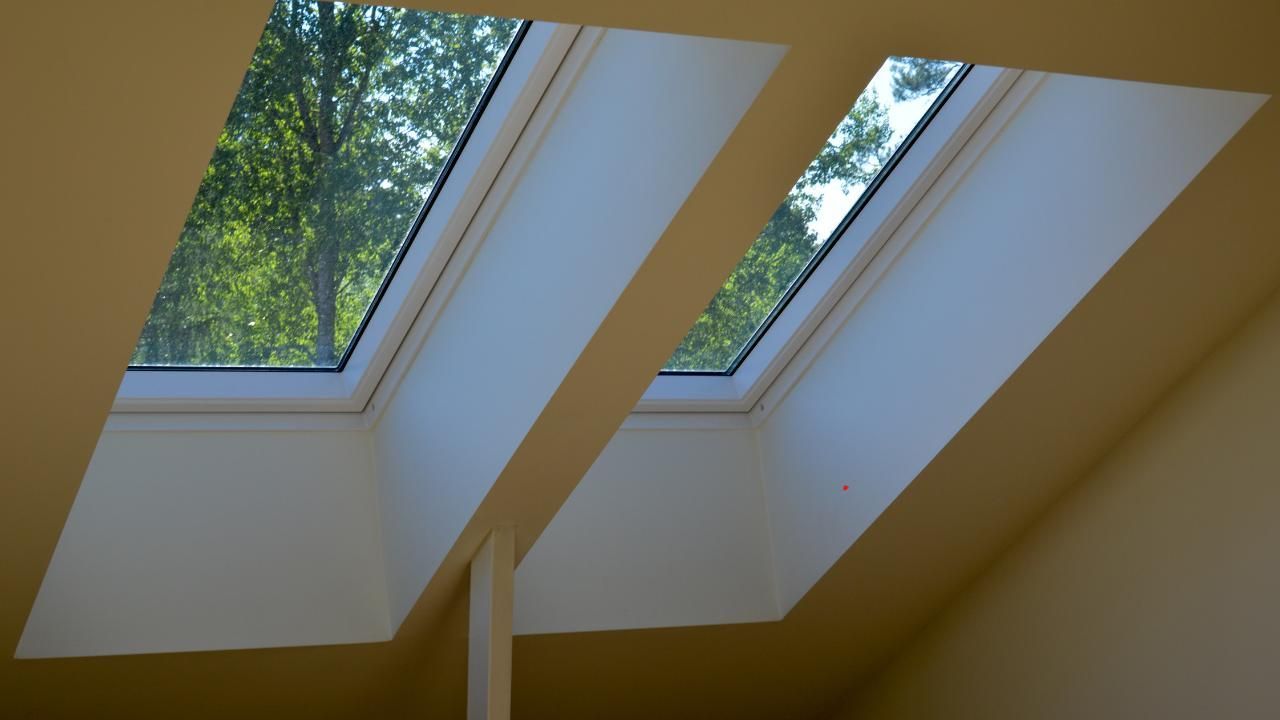The Best Roof Paints for Hot and Humid Climates
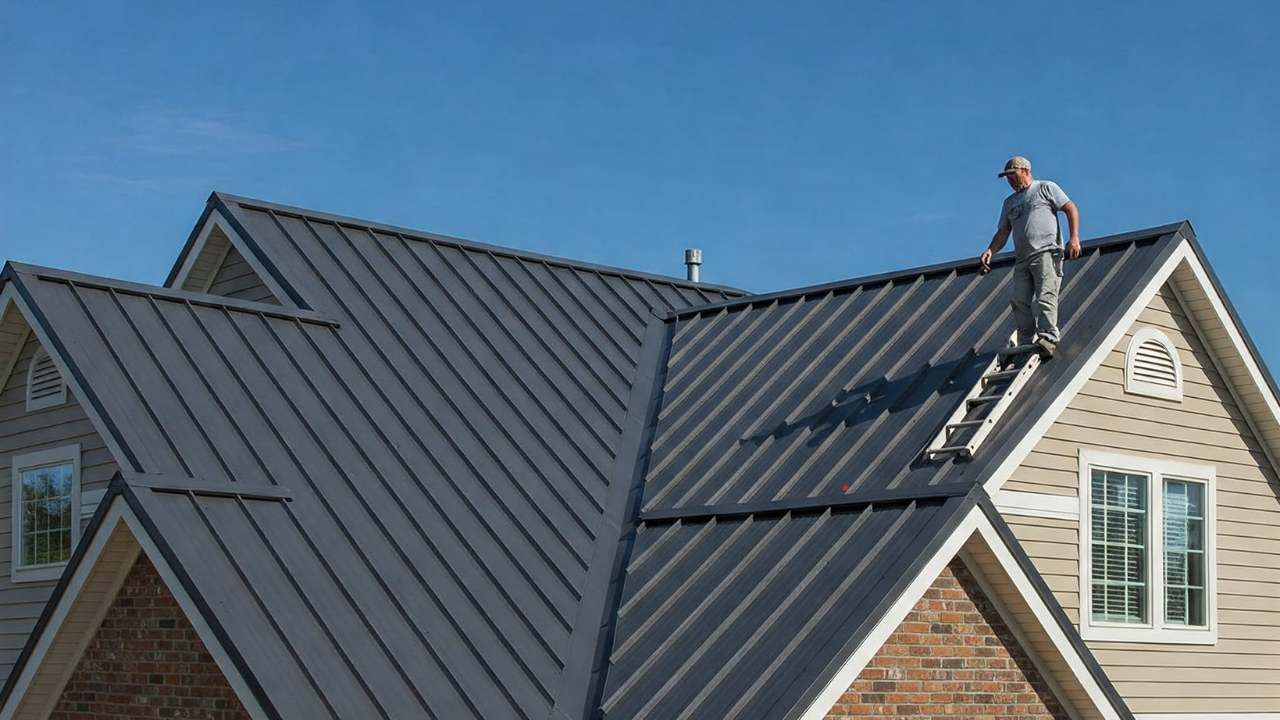
When you live in a place where summer heat and sticky humidity are part of daily life, your roof takes a beating. It’s constantly exposed to blazing sunlight, moisture buildup, and temperature swings that can wear down even the toughest materials. That’s where the right roof paint makes all the difference. It’s not just about color—it’s about protecting your home and lowering energy costs in the long run.
If you’re planning a repaint or upgrade, a professional house painter Bellingham homeowners trust—like Next Step Painting LLC—can guide you through which coatings hold up best under these demanding conditions. A local residential painter who understands regional weather patterns knows that what works in dry Arizona won’t survive a Washington summer.
Why Roof Paint Matters in Hot and Humid Weather
A roof doesn’t just shield you from rain—it’s also your home’s first line of defense against heat absorption. When the wrong paint is used, your attic traps more heat, your air conditioning works harder, and your utility bills climb. Roof paints designed for tropical or coastal climates are formulated to:
- Reflect sunlight instead of absorbing it
- Resist algae, mold, and mildew growth
- Prevent cracks and peeling caused by temperature fluctuations
- Extend the lifespan of roofing materials
These paints act like a thermal shield, keeping interiors cooler and protecting your roof structure from the elements.
Top Types of Roof Paint for Humid Climates
Let’s break down the best types of roof paint suited for hot, humid areas:
1. Acrylic Roof Coatings
Acrylic paints are water-based, making them eco-friendly and easy to apply. They’re perfect for reflecting UV rays and keeping your roof surface cool. They also expand and contract with temperature changes, helping prevent cracks and flaking. The key is to choose a high-quality acrylic that resists standing moisture, as cheaper versions can soften over time.
2. Elastomeric Paints
If you live in a coastal area or your roof frequently endures heavy rains, elastomeric paint is a strong choice. It creates a flexible, waterproof membrane that seals small cracks and prevents water intrusion. This paint’s rubber-like texture also gives it outstanding durability against humidity.
3. Silicone Roof Coatings
Silicone coatings shine in regions with heavy rainfall and humidity because they’re incredibly water-resistant. Once cured, they repel water like a freshly waxed car hood—perfect for areas prone to mold or algae. Though they can be pricier, their long lifespan and minimal maintenance make them worth the investment.
4. Cool Roof Paints (Reflective Coatings)
These paints are engineered with reflective pigments that bounce sunlight away, significantly reducing heat absorption. White or light-colored reflective coatings can drop roof surface temperatures by up to 50°F on a sunny day. Over time, that cooling effect adds up to substantial energy savings.
Case Study: Extending Roof Life in Coastal Washington
A homeowner near Bellingham faced recurring issues with mold spots and roof discoloration caused by constant dampness. After consulting a professional painting crew, they switched from a standard exterior paint to a high-grade elastomeric coating. Within the first year, the roof’s surface remained clean, and energy costs dropped by 12% during summer months. The protective layer prevented water seepage and mold growth—proving that choosing the right paint can make a visible, measurable difference.
Tips for Getting the Best Results
Whether you’re repainting or applying a new coating, keep these simple but effective tips in mind:
- Clean thoroughly first. Dirt and algae prevent paint from bonding.
- Use a primer when needed. This ensures adhesion and smooth coverage.
- Paint during dry, mild weather. High humidity or direct sunlight can affect curing.
- Inspect your roof regularly. Early touch-ups prevent costly repairs later.
The best results come from combining high-quality paint with expert application. A skilled painter familiar with your region’s weather challenges can ensure the coating is applied correctly and built to last.
Final Thoughts
In hot and humid climates, roof paint isn’t just a cosmetic upgrade—it’s a shield that defends your home from heat, moisture, and decay. Investing in the right coating now can prevent major repair costs later and keep your home cooler year-round.
If you’re unsure where to start, reach out to your local professionals for advice tailored to your home’s unique needs.
Protect your home, lower your bills, and extend your roof’s life—start by choosing the right roof paint today.



